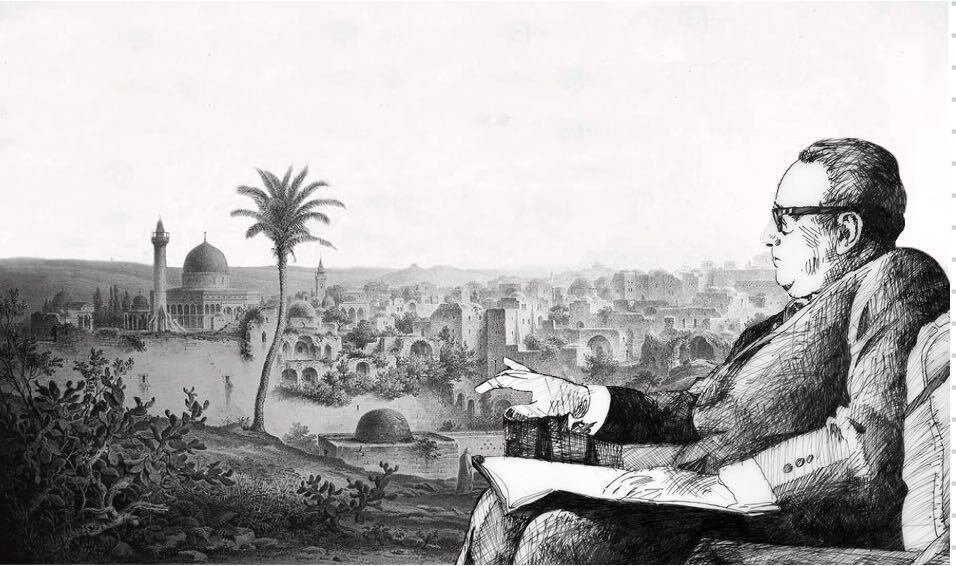
Overton Window to the Wall | An investigation into populism and its impact on our civics and government
Photo Credit: Brett Seaton, US Capitol, January 6th, 2021
By Brett Seaton
In 2020, I wrote a piece for the Kansas City Star after interning for both of Kansas’s U.S. senators, one of whom was elected alongside Trump in 2016 and the other was first elected in 2010, predating the President’s first term. The contrast between these two Senators is and was stark – one, for instance, voted to contest the 2020 election while the other did not.
In my article I wrote the following: “Successful populist politicians have the ability to be unclear or directly wrong in their descriptions of reality by employing their personality, humor or other mechanisms to distract citizens from the truth. And Trump revived populism in the U.S. in a way we haven’t seen before.” I argued that populism reduces the ability of the electorate to make rational decisions by increasing the number of voters without increasing civic education, causing a resulting spike in the risk of demagoguery in the United States.
Depending on your interpretation of President Trump’s reelection, this may ring true. However, an examination of nearly a decade of election and political data since the rise of President Trump reveals that this hypothesis does not hold up, and a few other trends emerge instead.
First, populism has coincided with improved civic education. The number of Americans who know all branches of government has risen steadily since Trump’s election in 2016, more than doubling since 2016 to 65% today.
This invalidates my argument in the prior essay that populism erodes the average education level of the voting population. As long as the increased education level exceeds the magnitude of increased voter turnout, my original hypothesis about populism is incorrect. Voter turnout has increased from 55% in 2012 to 64% in 2024, a 9% increase compared to the 36% increase in civic understanding.
Another trend coinciding with the rise of Trump and populism is the increased number of executive orders by the President. While the preceding three presidential terms’ executive order counts are not historic by any means, they do represent a clear positive trend. Barack Obama averaged 32 executive orders per year in his second term, while Trump averaged 55 and 64 in his first and second term (although this average could vary highly since we have a short window to judge so far) and Biden averaged 41 in his term.
Presidential power has increased in other ways as well. The amount of clemency and pardons granted per President has increased dramatically, although this began with Obama and actually decreased during Trump’s first term.
Additionally, the amount of proposed legislation has grown steadily since 2016, while the percentage of that legislation being passed has declined.
This trend is inversely correlated with the prior two – America is becoming increasingly governed by executive order rather than by a functional legislative branch. There are reasons for this that align with the intentions of the founding fathers when they formed our constitution.
Alexander Hamilton wrote in Federalist Papers No. 70: “Energy in the executive is a leading character in the definition of good government. It is essential to the protection of the community against foreign attacks.” He later stresses again, in the same essay that “In the conduct of war, in which the energy of the executive is the bulwark of the national security, everything would be to be apprehended from its plurality.” According to Hamilton, the strength and ‘energy’ of the executive branch is most necessary in the fight against adversaries when decisiveness and efficiency are the most important qualities of a good government.
This is borne out in the data. Franklin D. Roosevelt, who was President during World War II, holds the record for number of executive orders per year at 307. Given he was the President for 4 consecutive 4 year terms, his executive orders were not merely undoing prior ones; they were enacting new policy. Executive orders declined from FDR and later hit their minimum with George W Bush’s second term (30) but rose again from Obama onward. Similarly, in the Civil War, the number of EOs per year jumped from James Buchanan’s 4 to Abraham Lincoln’s 12.
While the United States is not actively at war today, we are engaged in the greatest geopolitical rivalry since the Cold War. Thus, the upward trend in executive orders and downward trend in congressional efficiency is in line with historical norms and the intentions of the founders with respect to the role of the executive.
Populism’s impact on our country may not be well understood for decades. However, these trends give us a nuanced view of a society in which populism has taken root and what has changed in the years since its emergence. We have become more politically engaged, improved our civic knowledge, and transferred some incremental power from the legislative branch to the executive.
In a fiery portion of my Kansas City Star article, I riffed, “Populism empowers idiots.” What populism has done, with the advantage of hindsight, is empowered more Americans to vote and to take an interest in their government, enabling the Republic to have a larger and more informed electorate. Depending on your political persuasion either of our past two presidents could fit the description of ‘idiot’. Since populism has greatly empowered the executive branch to legislate from the oval office, my initial analysis may not have been too far off.
Regardless of political party, populism, and my fiery high school self, we should all be skeptical when a branch of the federal government annexes constitutionally-ordained powers from another branch as executive orders functionally accomplish. The founders constructed the 60-vote rule in the Senate for a reason; it was not intended to be circumvented through a once-a-year reconciliation bill and executive legislating which has plagued our governing system now for decades.
Brett Seaton is a senior in Wharton studying Finance from Manhattan, KS. Brett is also the Ombudsman for The Pennsylvania Post. His email is bseaton@wharton.upenn.edu.




